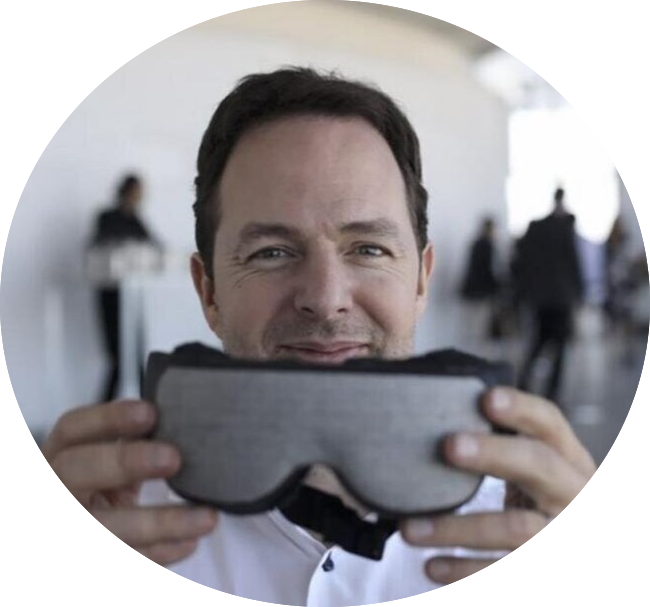
This week we had the honor of chatting with Richard Hanbury, CEO of Sana Health.
📝Show Notes: Throughout our conversation, we touched on how Richard got the idea of Sana Health, how his technology works, and how it can help players with sleep, recovery, pain, then we talked about his future plans for the next 24 months.
🚀Best Quotes: Here’s some of the key discussion points and best quotes from our conversation with Richard:
On how he got the idea of Sana Health: “The company name comes from Sana which is the capital of Yemen. And at the age of 19, I was driving down a road in a Jeep and I was given a choice of a collision with a petrol truck or to drive off a bridge to avoid it. And I drove off a bridge. I went down into a dry river bed, 60 foot down. The car crumpled up like a Coke can. And I had a spinal injury from the T8 to T10, which is at the belly button level. And all of that resulted in being clinically dead for eight minutes, then I got into a coma, then I was out of a coma. And the end result was the spinal injury that's kept me in a wheelchair until now, and a nerve damage pain problem that was so severe that I was given a five-year life expectancy. So, the tech behind Sana came out of that needs to create something that was better than the standard of care, that then would be a better painkiller. And then, yeah, it turned out that by solving my pain problem, I came up with something that was capable of helping lots of people. So the very original concept came from them trying, after all, the drugs and all the devices to try to teach us meditation in the hospital. And when you're already in pain or stress or under a degree of stress, it's very hard to learn to meditate in that scenario. We have chronic pain levels of 20+. So in that case, there's no point in even trying to meditate”.
On how he got the breakthrough moment: “Every time I tried to quiet my mind, my mind was screaming at me, "Pain! Pain! Pain!" So to try it on your own when you're already in difficulty is a problem. But what I noticed was when I watched a particular movie that was good and bad the whole way through the movie, it put me in the act of what we would now call a “flow state”. And I realized at the end of the film, I was like, "Holy crap. I've changed my pain levels more than morphine." And the second finding was that the bits of the film that made me feel that pain made me feel like what I used to when I was skiing or riding or as Americans would say, horseback riding. So, I was looking for that connection of how do I get into that state that I used to during sport that would then help my recovery. And the real breakthrough came when I started looking at the meditation research into the EEG profiles of long term meditators. So essentially the 50 years of research by that stage then I looked at how long term meditation changes your brain, because my thought was, well, I can't learn to meditate now that I'm already in pain, but what would have happened had I been meditating all my life? That would give me a degree of control over how my brain works. It'd be useful. So, yeah. So that was how the whole thing started. I use audio/visual stimulation, so basically pulses of light and sound. And originally, an EEG feedback loop system. That was how I started looking at how do I get my brain from a state that’s in to a state that longterm meditators produce. And yeah, it turned out that it increases enough neuroplasticity of my in-brain to fix my pain levels”.
On when he expects to get FDA approval for his device: “So the first step for us is what's called a 513(g) confirmation, which we're already undergoing, and I expect it is going to be done in the next couple of weeks. But we are already on market as a wellness device. So, we can make claims around relaxation and improving sleep, and we're hoping to get FDA approval either by the end of this year or early next year for the first indication, which will be fibromyalgia. And then, as further clinical trials prove our efficacy in other areas, we'll make subsequent submissions to the FDA to increase what we're allowed to say about how the device works. Because the whole FDA process is set up around proving, first of all, safety, which we've already done, and then proving the specific claims around pain and anxiety that we want to make, that we can't make until we've actually proven that the results of the clinical trials”.
On how his product can help the teams improve the players' sleep and recovery: “So the first team who did a mini trial for us was the San Jose Sharks in the NHL. And they obviously deal with the lot of what other sports teams deal with, with intense travel, games being played at times that are not good for your circadian rhythm. And then the simple thing is that you can put a device on, whether you are in bed in a hotel that you've got to attain in the morning when you're high up on adrenaline, because you finished your game at 11 and then you were traveling all the time. One of my favorites is actually in Uber's to or from airports, although obviously flying is something that we're not going to do as much for a while. Or actually in a plane. So, the idea is that you can put the device on wherever you need it, wherever you want to use it, wherever you want to get some increased relaxation and improved sleep management, whether that's in bed and you're ready to go to sleep, or in transit. And you put it on, press play, and you're getting a very highly coordinated sequence of light and sound pulses. You're doing it through closed eyes, and you're doing it at a very relaxing level. And typically, the majority of users are asleep within 10 minutes”.
On what sports would benefit from using their device: “Generally speaking, we get a greater change in someone the more wear and tear, and the more damage they've had. Our clinical trials show that the more severe anxiety someone is in before they use the device, the greater the degree of change. We also have some good, early anecdotal data on improvement of traumatic injury and concussion. But again, those are things that we are not approved by the FDA yet, but we are active in the process of setting up clinical trials to prove those out. We do very much want to work with NFL teams as part of our proving out process. And we've also got a very large amount of military testing lined up as well. And again, all of our data will be submitted to the FDA”.
On how to buy Sana device: “So right now, they can go on to our www.sana.io website and buy directly. We went live last week. And any teams that want to buy in bulk should definitely email me directly at richard@sana.io”.
On his future plans for the next 24 months: “We should have our first FDA indication hopefully by the end of the year. We've got clinical trials happening at Mount Sinai for neuropathic pain. The work we are doing with the Cleveland Clinic for multiple sclerosis should be later this year. We're doing a trial on lower back pain with Anthem. So, we've got a very large number of clinical trials happening to prove out all these different areas. The aim really is to make the device as available as possible to everyone under our current clearance for wellness. In the future, we will have clearances in the other indications for pain such as anxiety and PTSD, and all the things that we have some early data to show efficacy that we are now. In the next 24 months, we will be going through most of our clinical trials to prove those out, and then submit the data to the FDA to then get approval to get to market for those things”.






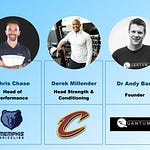
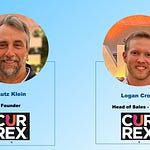

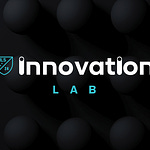

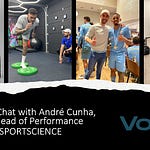

🔥Upside Chat: Richard Hanbury, CEO of Sana Health.